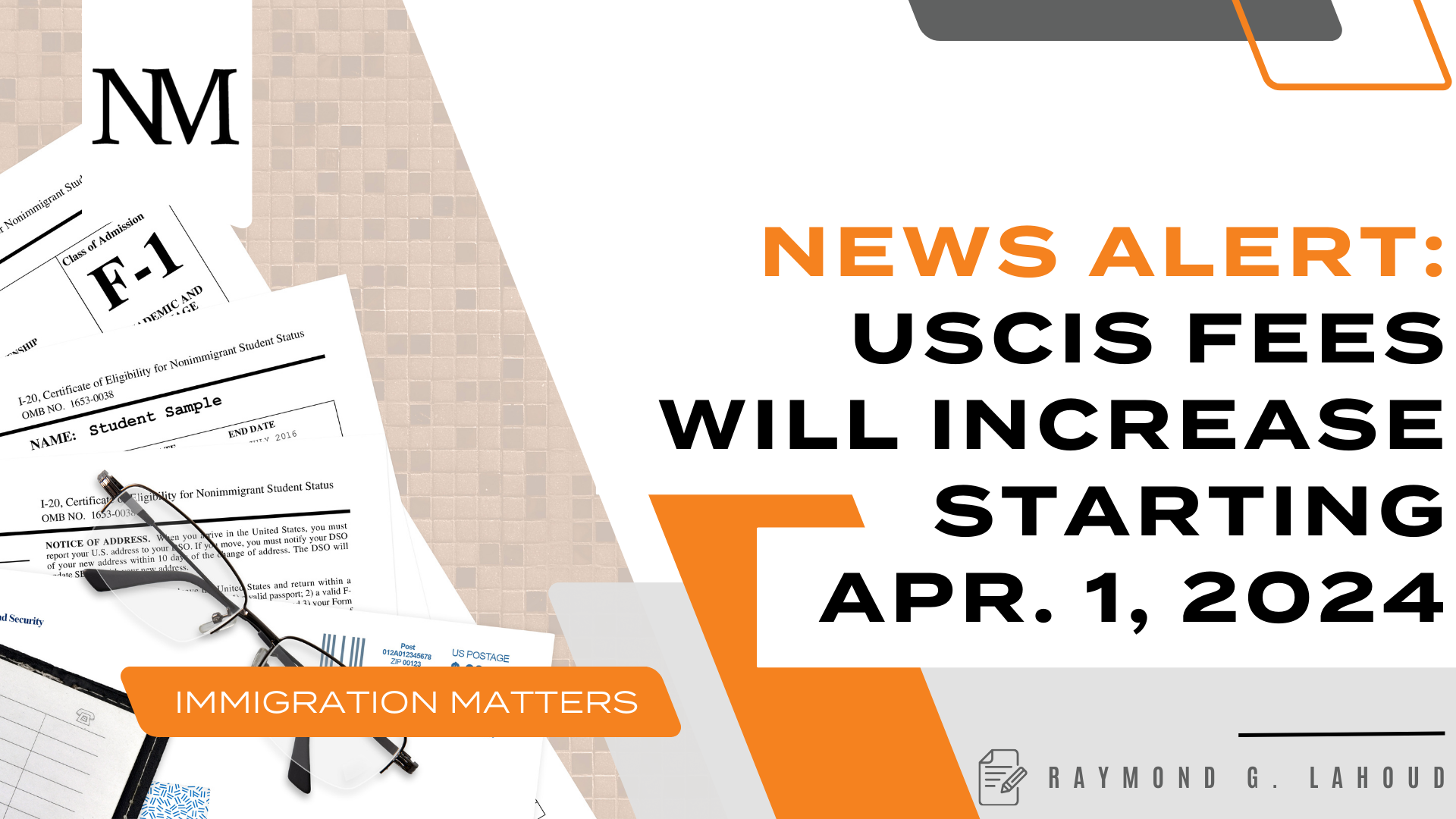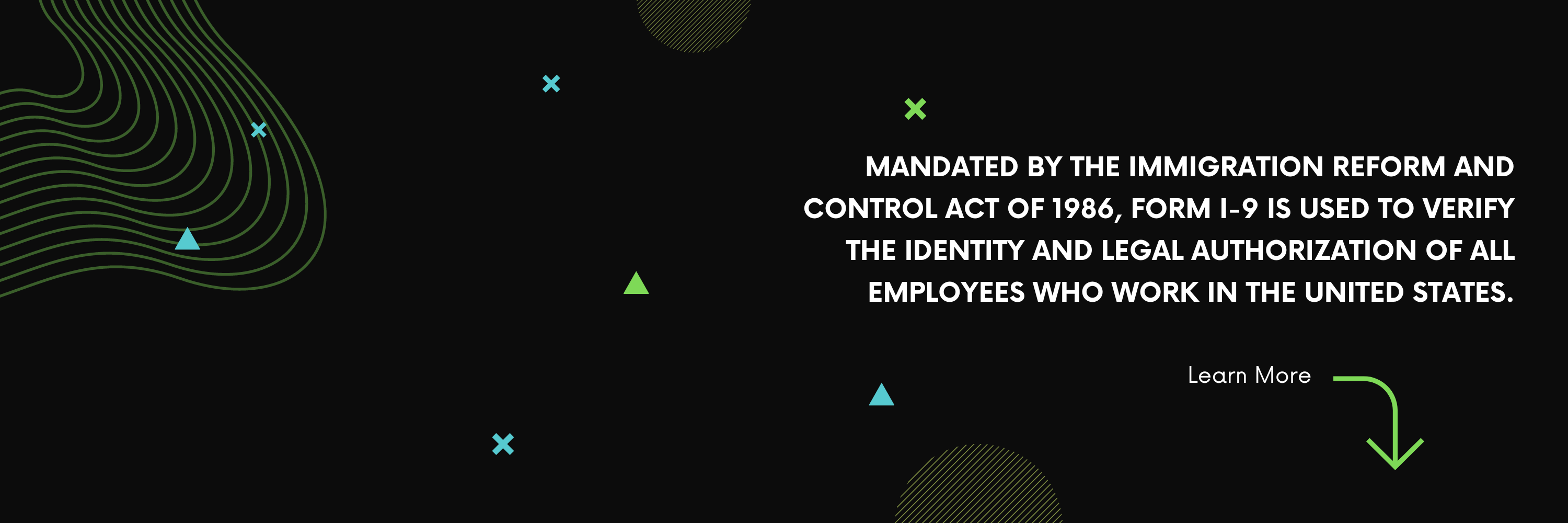USCIS Issues New Policy Guidance for O-1B Visas

United States Citizenship and Immigration Services ("USCIS") recently issued policy guidance to clarify how to determine the appropriate visa classification for persons of extraordinary ability in the arts. Given the massive changes in the entertainment industry in the past year, including the increasing popularity of internet and streaming services, this guidance provides essential insight for those seeking to understand the nuances of O-1B nonimmigrant visas and determine which visa applies to their unique circumstances.
O-1 Visa Program for Individuals with Extraordinary Ability or Achievement
The O-1 nonimmigrant visa program provides nonimmigrant visas for individuals who possess extraordinary ability in the sciences, arts, education, business, or athletics, or who have demonstrated extraordinary achievement in the motion picture or television industry and been recognized nationally or internationally for those achievements.
The O-1 nonimmigrant visa program is broken down into the following classifications:
- O-1A: Individuals with an extraordinary ability in the sciences, education, business, or athletics (not including the arts, motion pictures or television industry);
- O-1B (Arts): Individuals with an extraordinary ability in the arts;
- O-1B (MPTV): Individuals with extraordinary achievement in the motion picture or television industry.
Generally, to qualify for an O-1 visa, a beneficiary must demonstrate "sustained national or international acclaim" in their respective field. To prove this, applicants must provide evidence of their credentials, including national or international awards or prizes, membership in professional organizations in their respective field, published articles in notable trade publications, high salary for their services, as well as other relevant evidence of exceptional expertise.
Under the O-1B category, as noted above, individuals in the entertainment industry can demonstrate either extraordinary ability in the arts or extraordinary achievement in the motion picture and television industry. With the recent shifts in the entertainment industry, including the prevalence of household names from YouTube, TikTok, Instagram, etc., it has become increasingly common for applicants to possess qualities that fall under both the O-1B (Arts) and the O-1B (MPTV) categories.
Determining the Relevant Standard for Artists with Some Connection to MPTV
The USCIS Policy Manual acknowledges the difficulties associated with petitions that have elements of both O-1B (Arts) and O-1B (MPTV) classifications. According to the newly issued guidance, inclusion in the motion picture or television industry is not limited to whether artistic content will air on television or movie screens, noting that "USCIS considers streaming movies, web series, commercials, and other programs with formats that correspond to more traditional motion picture and television productions to generally fall within the MPTV industry’s purview." Indeed, USCIS gives weight to whether an individual"s work aligns with industry organizations such as the Academy of Television Arts and Sciences.
However, under USCIS guidance, not all television stars are considered equal for the purpose of visa qualification. For instance, reality television poses an interesting problem because many of the "stars" are non-actors involved in a competition of some sort that takes place on television. According to USCIS, contestants on reality television programs fall outside of the MPTV industry, but judges, hosts, and those employed by the production company generally fall within industry parameters.
Video blogging, a staple of the increasingly popular YouTube and TikTok platforms, poses similar questions. However, USCIS makes clear that static web content, like video blogs, generally falls outside the O-1B (MPTV) classification and is more appropriate for O-1B (Arts) petitions. USCIS notes that if an artist’s work or appearance on an MPTV production is incidental to their non-MPTV work as an artist, the MPTV classification may not be appropriate.
Guidance for O-1B Visas
The newly-issued guidance provides some clarification of the nuances that distinguish O-1B (Arts) beneficiaries from O-1B (MPTV) beneficiaries. Potential beneficiaries and practitioners can continue to consult the USCIS Policy Manual for up-to-date guidance in this quickly changing industry.
To learn more about this blog post, or if you have any other immigration concerns, please feel free to contact me at rglahoud@norris-law.com or (484) 544-0022.




